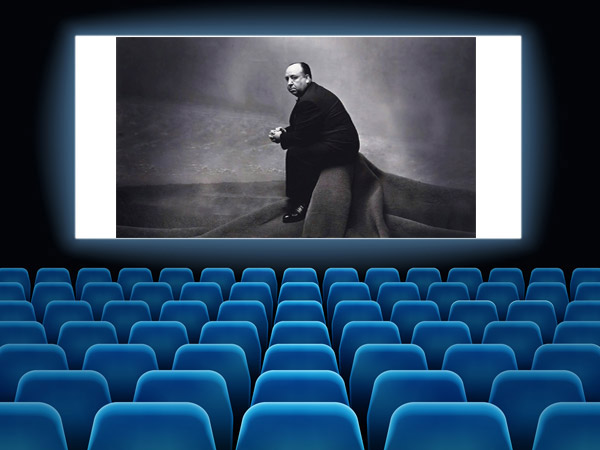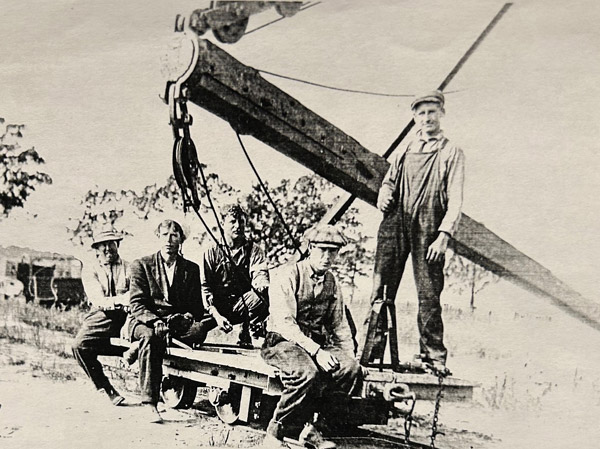By Ilene Dube, JerseyArts.com
originally published: 09/05/2024
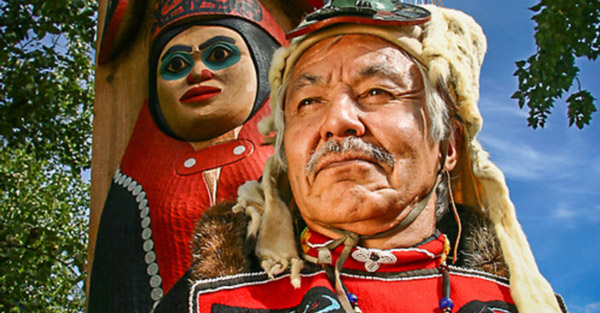
The story of Raven and Fog Woman is a Tlingit legend that begins with two men fishing from a canoe. They encounter fog, from which a beautiful woman emerges to guide them to safety. Raven, one of the fishermen, falls in love with Fog Woman. She weaves a basket to carry fish.
“Raven thought by marrying Fog Woman he’d be wealthy, having all that salmon in her basket,” says Dorica Jackson, an artist who revived Chilkat weaving, a traditional form practiced by Tlingit and other Northwest Coast peoples. “But then Raven started to mistreat her. He got arrogant and she wouldn’t put up with it. When she left him, all the salmon followed her and he was not rich anymore.
“So the moral of story is,” continues Jackson, “in order to be rich, be nice to your wife.”
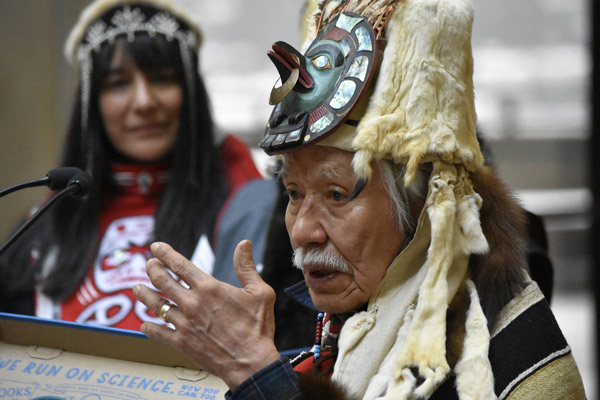
Peter Segall / Juneau Empire Yéil Yádi. Nathan Jackson speaks at a ceremony in Juneau, Alaska, in 2022.
Dorica is married to renowned Tlingit artist Nathan Jackson, who was named for the raven. Beginning September 18, visitors to Princeton will have a chance to watch Jackson – who hails from Saxman, Alaska – carve a totem pole. Jackson has created more than 50 totem poles on view across the world, as well as wood panel clan crests, masks, canoes, carved doors, and bracelets in silver and gold. Thanks to an NEA grant, he has been artist-in-residence at the Arts Council of Princeton, where a commissioned pole will become a permanent fixture of the lobby.
Advertise with NJ Stage for $50-$100 per month,
click here for info
“With ‘Monumental Sculptures: Understanding the Totem Poles of the Northwest Coast,’ the Arts Council plans to honor and celebrate the artwork of the Tlingit peoples of the Northwest Coast,” says Development Director Liza Peck, who secured the grant.
Born in 1938 in Haines, Alaska, into the Sockeye Clan on the Raven side of the Chilkoot-Tlingit tribe, Jackson is not only a master wood carver, metalsmith, and creative artist but a traditional dancer and an esteemed bearer of Tlingit values. And he plays the harmonica, and sings.
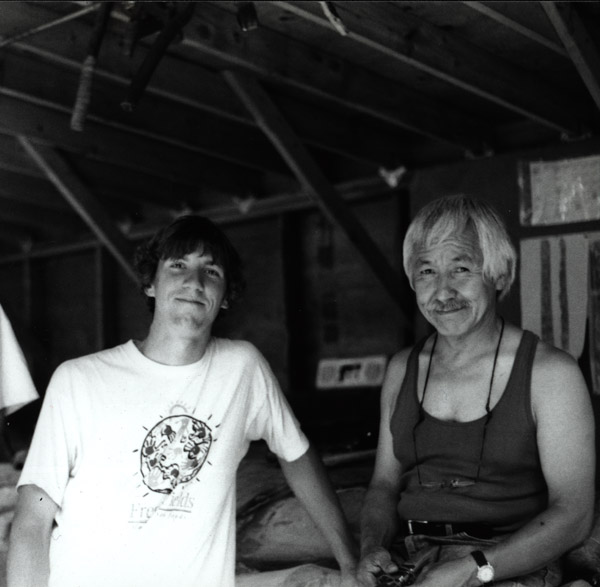
Nathan Jackson and Adam Welch in 1998. Courtesy of the Arts Council of Princeton.
What brings him to New Jersey is his friendship with Arts Council of Princeton Executive Director Adam Welch. Welch – a ceramic artist who, in recent years, has donated hundreds of his handmade pots for ACP fundraisers – first learned about Jackson as a student in the mid-1990s.
Interested in Hopi and Navajo culture, Welch was studying jewelry-making at Northern Arizona University in Flagstaff, and while researching a paper came across a description of Jackson in a book at the library. When he saw Jackson’s photo, Welch felt a moment of recognition, as if the man could be his uncle.
Without hesitating Welch bought a ticket to Alaska, and through sleuthing found Jackson’s phone number and called to say he wanted to do an apprenticeship. Jackson – who is revered by those he has mentored for not only teaching about carving but for imparting wisdom about life — was not taking any non-native apprentices, but since Welch already had his flight booked Jackson said he might as well come.
“That first summer I got at a job grocery store at night and watched Nathan at a public carving station during the day,” recounts Welch. “The first three-and-a-half months I just watched. I listened as he answered questions from tourists, and read books about Northwest art and Tlingit culture. The next summer Nathan realized I was serious and let me carve with him.”
Embraced by Jackson and Dorica, Welch spent the next eight years, on and off, living in Jackson’s carving shed, studying Tlingit culture, learning to carve, and helping where he could. Welch made it clear to Jackson that he had no intention of becoming a carver, that his interest was purely intellectual.
“I was totally intrigued by the artwork — it’s monumental, physical; you see something transformed. I was really intrigued by native culture.”
Subsequently, Jackson invited Welch to join him in Zurich to carve a 28-foot pole for the Museum of North American Indian Art. From there, Welch accompanied Jackson on carvings for Harvard’s Peabody Museum and the Smithsonian.
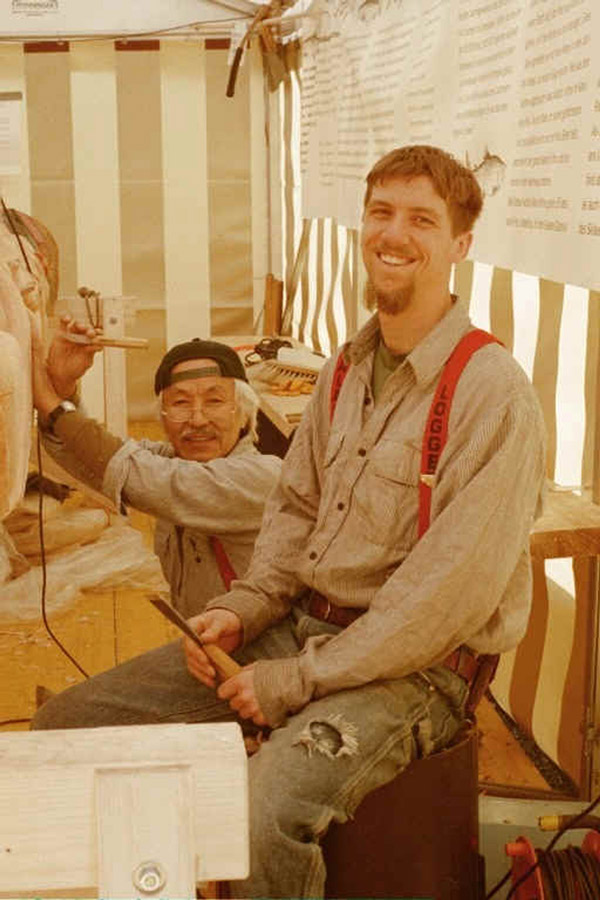
Nathan Jackson and Adam Welch in Zurich. Courtesy of the Arts Council of Princeton
The friendship grew with Jackson serving as officiant at Welch’s wedding.
Saxman, Alaska, about a thousand miles south of Anchorage, is temperate rainforest. “It rains 18 feet a year,” says Welch. “It’s wilderness, it’s green, it’s great for hiking and fishing.” The forests are filled with cedar trees, the material Jackson uses for his totem poles.
The sounds of carving still reverberate in Welch’s head. “The rhythmic beating of the adz — it creates a feathering pattern. There’s a deep echoing through trees and the smell of cedar is distinct. It’s generally cold and rainy so there’s also the smell of moss and ferns.”
Welch likens it to nothing short of paradise, seeing images come out of the wood and learning the stories.
At 84, Jackson continues to work in the studio where tourists from cruises come on buses to observe him. All but the final week of his artist residency has taken place in Saxman. As he readies for that week in Princeton, Dorica hooks him up for an interview on video.
“Traditionally, it isn’t your parents who raise you – it’s your uncle on your mother’s side,” Jackson recounts about his childhood. When he was 9, his stepmother drowned. His stepfather was not in good health, and so Jackson was sent to a government boarding school. At the Wrangell Institute, operated by the Bureau of Indian Affairs for natives of Alaska, children were forbidden from speaking their native language. It was not a fun place to be.
Although he didn’t like being separated from family, Jackson says the discipline imposed was good for him. “Washing dishes and other chores were good lessons.” He recalls having fun by sliding on waxed floors with blankets. It was hardest at Christmas, “wanting someone to have me be there.” To fill the void of not having family, he joined the Boy Scouts.
One of the happy memories from Wrangell was learning to play the harmonica. After three years his great-uncle brought Jackson back home to Haines, teaching him to fish. He continued playing harmonica along with his uncle who played accordion. The Salvation Army provided the refuge Jackson’s family needed – and his devotion to its religious practice continues to this day.
Advertise with New Jersey Stage for $50-$100 per month, click here for info
When he first came home to Haines, Jackson thought he’d be a fisherman. He rose to a challenge from a family member to carve tiny totem poles. “I got a pocket knife, sharpened it, and ended up making little poles that had likenesses to the real ones. I thought, 'this is something else.' And then I said, 'how is anyone going to make money off of this.'”
After serving in the Army, Jackson was still trying to figure out how to earn a living. While working on the hull of a boat Jackson got pneumonia. In the hospital he observed a man in a wheelchair draw an older native man from his head, using no reference material. It was a moment of revelation for Jackson, realizing he could not only carve but he could draw and paint as well. Jackson went on to study under Northwest carver Duane Pasco and at the Institute of American Indian Arts in Santa Fe, New Mexico.
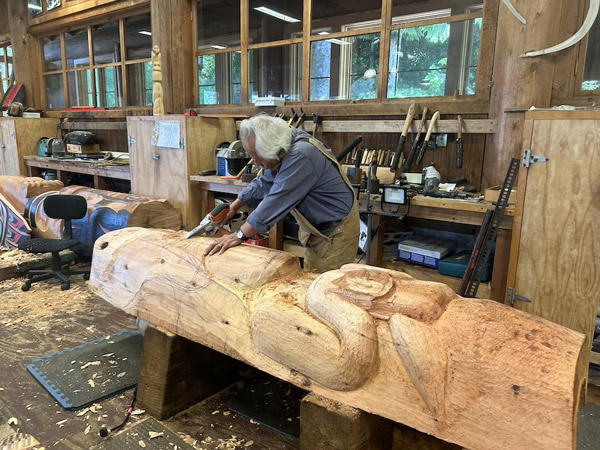
Nathan Jackson at work in his studio. Courtesy of the Arts Council of Princeton.
As visitors peer into the windows of his studio, tour guides give the rundown on Jackson’s work. “It’s hard to work and concentrate and talk at the same time, it throws me off,” he says as he wields heavy tools as if they were feathers. The sounds Welch described – the rhythm of the adz — are audible on the video call.
Of Welch’s visits, Jackson says “Adam became one of our kids, we really like him a lot.”
Dorica also first learned about Jackson as a student, at the University of Washington in Seattle. Because Jackson was legendary she imagined him to be a much older man, and meeting a man only a decade older than herself was a nice surprise. When they married, she married his culture as well.
Jackson is saving one part of the Princeton pole for Welch to carve – the claw. The Princeton pole will tell the story of Raven and Fog Woman.
At press time, Jackson was working feverishly to meet his deadline. The week before he’d suffered a bout of Covid – it was his third time contracting the virus, likely from the tour groups who come through.
The eight-foot pole was scheduled to ship to Seattle on Alaska Airlines, from where it would be trucked to Princeton. Jackson will be putting on the finishing touches before a live audience in Princeton.
Scheduled events beginning September 18 include an artist talk, a reading of Raven and Fog Woman, carving demonstrations, a Q&A, a family-friendly workshop, and a closing celebration.
“I’m really blessed with Dorica,” says Jackson. “We don’t have million-dollar home but we can get up in the morning and look at the sun and being happy. Happy with what we do.”
About the author: Driven by her love of the arts, and how it can make us better human beings, Ilene Dube has written for JerseyArts, Hyperallergic, WHYY Philadelphia, Sculpture Magazine, Princeton Magazine, U.S. 1, Huffington Post, the Princeton Packet, and many others. She has produced short documentaries on the arts of central New Jersey, as well as segments for State of the Arts, and has curated exhibitions at the Trenton City Museum at Ellarslie and Morven Museum in Princeton, among others. Her own artwork has garnered awards in regional exhibitions and her short stories have appeared in dozens of literary journals. A life-long practitioner of plant-based eating, she can be found stocking up on fresh veggies at the West Windsor Farmers Market.
Content provided by
Discover Jersey Arts, a project of the ArtPride New Jersey Foundation and New Jersey State Council on the Arts.
FEATURED EVENTS
To narrow results by date, categories,
or region of New Jersey click here.

Matisyahu
Monday, September 16, 2024 @ 8:00pm
Bergen Performing Arts Center (bergenPAC)
30 North Van Brunt Street, Englewood, NJ 07631
category: music
Click here for full description
Common and Pete Rock: The Auditorium Tour
Tuesday, September 17, 2024 @ 8:00pm
The Vogel
99 Monmouth Street, Red Bank, NJ 07701
category: music
Click here for full description
Dan Buettner
Tuesday, September 17, 2024 @ 6:00pm
Grunin Center
1 College Drive, Toms River, NJ 08754
category: community
Click here for full description
Click here for more events
Listings are available for $10 and included with our banner ad packages.
Click here for more info.
EVENT PREVIEWS

Literature to Life to Host Two Free Events in NYC - "What is the American Dream?"
(NEW YORK, NY) -- This month, Literature to Life (LTL) will host two free events in New York City entitled "What is the American Dream?" The goal is to bring communities together and explore the unique perspectives of immigrants and refugees in New York City through theatrical performances and interactive discussions.
ON-GOING EVENTS
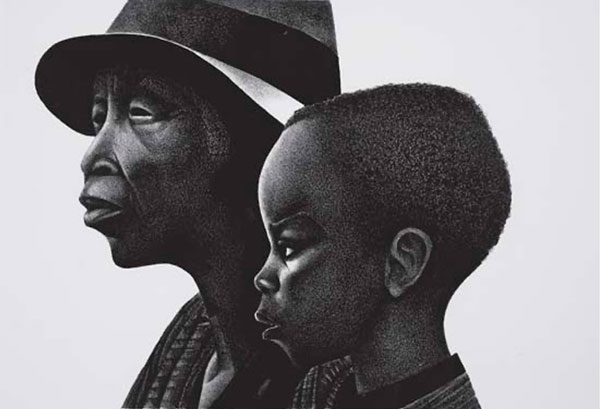
Montclair Art Museum presents "Family, Community, Belonging: Works from the Collection"
(MONTCLAIR, NJ) -- The Montclair Art Museum is thrilled to present its latest exhibition, Family, Community, Belonging: Works from the Collection. This unique collection-based exhibition delves into the ever-evolving notions of family and community, and explores themes of belonging, diversity, and inclusion through a diverse array of artworks. The exhibition opens on February 9, 2024, and will be on display at the museum until January 2026.









